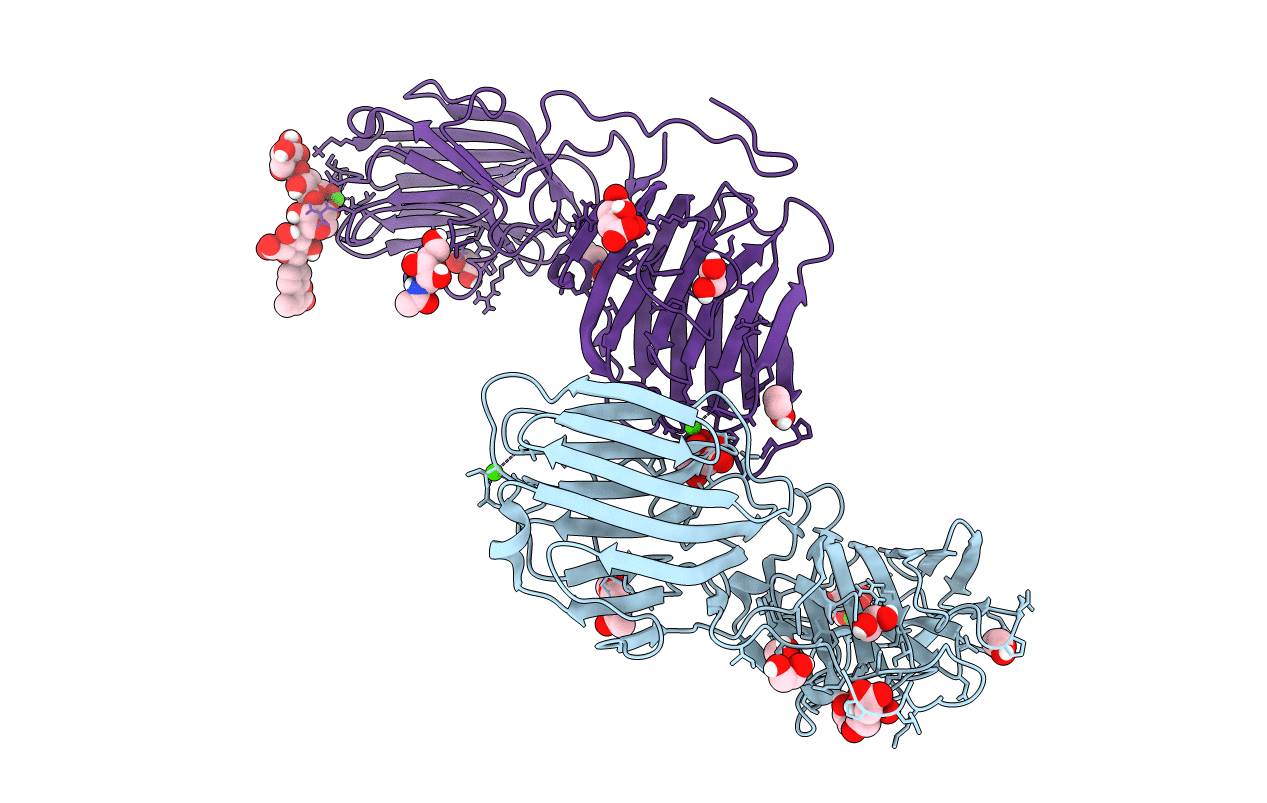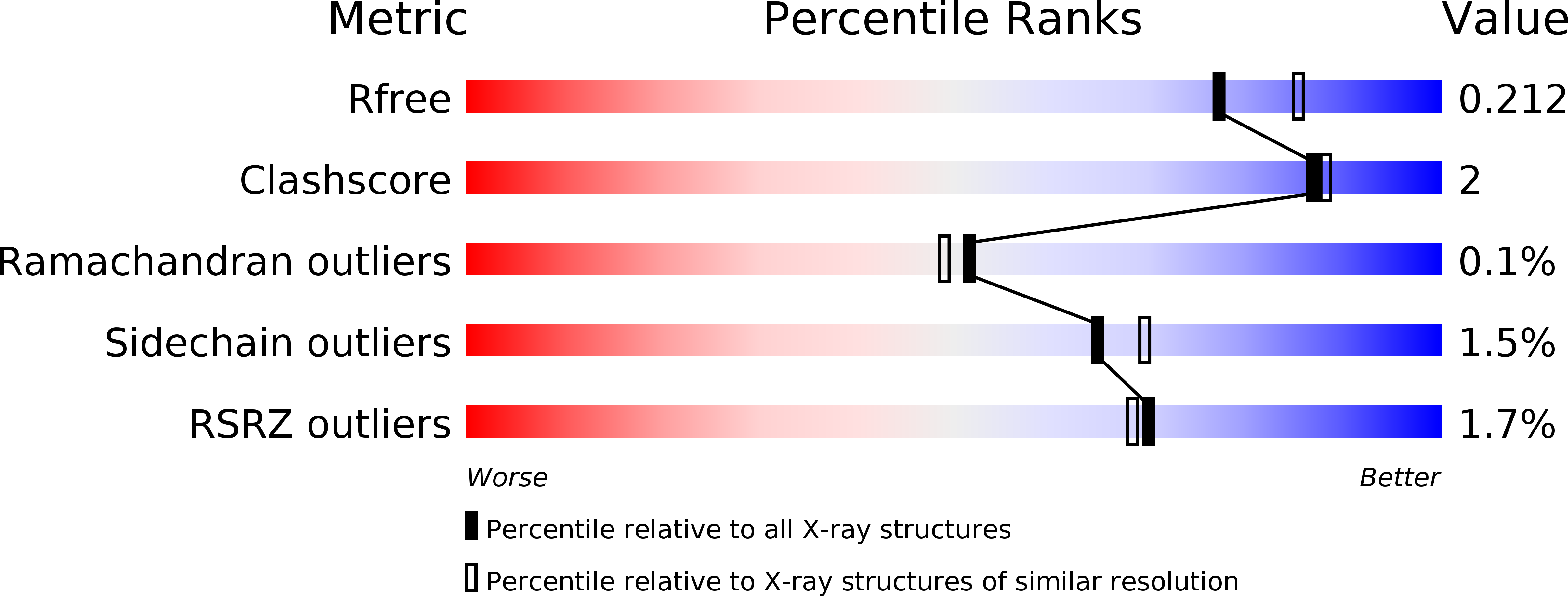
Deposition Date
2016-03-03
Release Date
2016-08-10
Last Version Date
2024-11-13
Method Details:
Experimental Method:
Resolution:
2.00 Å
R-Value Free:
0.20
R-Value Work:
0.17
R-Value Observed:
0.17
Space Group:
I 21 21 21


